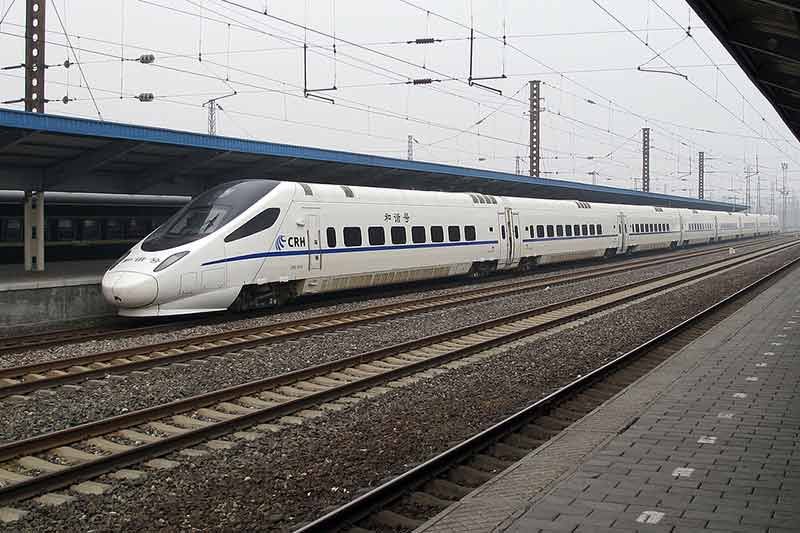
Chinese state media reported
that China is testing automated railway control systems, supported by
domestically developed technologies. The automated railway driving system is backed by a powerful operational control system to increase operational efficiency and avoid congestion, delays and accidents.
China Railway Signal and Communication Co (CSRC), the
dominant provider of railway and urban transit control systems in China, has built
the world’s largest simulation laboratory for automated railway control systems
in Beijing.
According to the China Daily report, the laboratory can
carry out comprehensive simulation tests for 2,000 kilometers of high-speed
railways, 1,000 kilometers of intercity railways, 100 kilometers of subways and
five large-scale freight marshalling yards at the same time.
The automated control system involves the integration of
China’s satellite positioning, power transmission and telecommunication
technologies. CSRC has implemented train control systems and intelligent
integrated transportation systems based on China’s Beidou Navigation Satellite
System [1].
The aim is to reduce dependence on more expensive foreign
products and technologies and domestically develop core technologies and
products.
Supported by the domestically developed technologies, China’s
high-speed rail service will be automated. China currently operates more than
25,000 kilometers of high-speed rail lines, accounting for 60 percent of the
world’s total.
China’s intercity railways, subways, low-and medium-speed
magnetic levitation lines and freight trains will all be equipped with
automated driving systems in the future.
With regards to intercity railway service, CRSC and its
infrastructure construction partners are building the world’s first self-guided
railroad, between Dongguan and Huizhou in Guangdong province. The railroad will
be completed by the end of this year.
The Beijing-headquartered CSRC group will field-test the
world’s first automated drive high-speed system, with a designed speed of up to
350 kilometers per hour, on the railway line that will link Beijing and
Zhangjiakou, host cities of the 2022 Winter Olympics. All the tests have
already been completed at the simulation laboratory.
This will be China’s first smart railroad. All prototype
vehicles will be built by the end of this year. CRSC will conduct debugging and
test verification works during the first half of 2019.
As part of the government plan, there will be 10 stations
along the line, each of them equipped with service robots to offer information
services to the guests and carry their luggage.
[1] Beidou is the Chinese satellite navigation
system, which aims to be an alternative to the U.S. GPS system, Russia's
GLONASS and the European Union's Galileo. The project was formally launched in
1994. It began to serve China in 2000 and the Asia-Pacific region in 2012. China
plans to send 18 Beidou-3 satellites into space in 2018. The system is expected
to provide navigation and positioning services to countries along the Belt and
Road by late 2018. By around 2020, it will have more than 30 satellites.
















